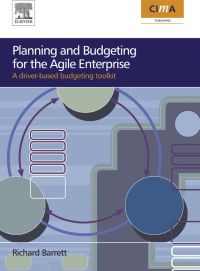Question
According to the results of the surveys deployed by your team, users preferred two competing revenue structures one-time membership fee and advertising. Scenario 1: One-Time
According to the results of the surveys deployed by your team, users preferred two competing revenue structures one-time membership fee and advertising.
Scenario 1: One-Time Membership Fee
Students pay a one-time membership fee of $20. It is anticipated that membership will grow as word spreads about this new service. In the first year, you expect to sign up 100 new members. In the second year, you anticipate adding 1,000 more members, followed by an additional 2,500 in the third year, 5,000 in the fourth year, and 10,000 in the fifth year.
Scenario 2: Advertising
In the first year, you hope to sell $10,000 worth of advertising. Every year thereafter, you hope to double the amount of advertising you sell based on the prior years sales.
Review the handout entitled Calculating Net Present Value, Payback Period, and Return on Investment and the Economic Analysis spreadsheet created based on the RMO example summarized in Figure C-1 of the handout. Use this spreadsheet as a starting point to design your own spreadsheet for the two scenarios above. Use a 10% discount factor when calculating net present value.
Calculate the NPV, Payback Period, and ROI for both scenarios. In both cases, initial development costs are estimated at $50,000 and ongoing costs at $10,000 per year. Also, an additional $2,000 per year expense is anticipated beginning in year 3 for system repair costs. In your spreadsheet, create a tab called Membership and put your calculations for the first scenario on that sheet. Likewise, create another tab called Advertising for the second scenario.
Please see figure C-1 attached 
Step by Step Solution
There are 3 Steps involved in it
Step: 1

Get Instant Access to Expert-Tailored Solutions
See step-by-step solutions with expert insights and AI powered tools for academic success
Step: 2

Step: 3

Ace Your Homework with AI
Get the answers you need in no time with our AI-driven, step-by-step assistance
Get Started


